Asteroids zooming through space at mind-boggling speeds can feel like a plot straight out of a sci-fi movie. Yet, NASA’s recent report about a skyscraper-sized asteroid heading our way quickly transforms fiction into reality. While it’s easy to imagine catastrophic scenarios, there’s a lot more to these cosmic wanderers than meets the eye. Here are 12 things you should know about this astronomical visitor, its potential impact, and why you probably shouldn’t cancel your weekend plans just yet.
1. It’s As Tall As The Empire State Building

Picture a building taller than most you’ll ever step inside—this asteroid is comparable in size to that. It’s estimated to be between 1,000 and 2,000 feet in diameter, which is roughly the height of the Empire State Building. Moving at a fast clip of about 20,000 miles per hour, it’s no wonder this asteroid has caught scientists’ attention. The velocity alone could give a whole new meaning to a “close encounter.”
According to NASA’s Near Earth Object Program, this isn’t the first time an asteroid of this size has approached Earth. The program’s data shows that asteroids of this dimension swing by more often than you might think, although actual collisions are rare. This particular asteroid is expected to pass at a safe distance, reminding us how small we are in the cosmic scheme of things. Still, these cosmic visitors provide valuable research opportunities for scientists to understand our solar system better.
2. Scientists Are Busy Tracking It
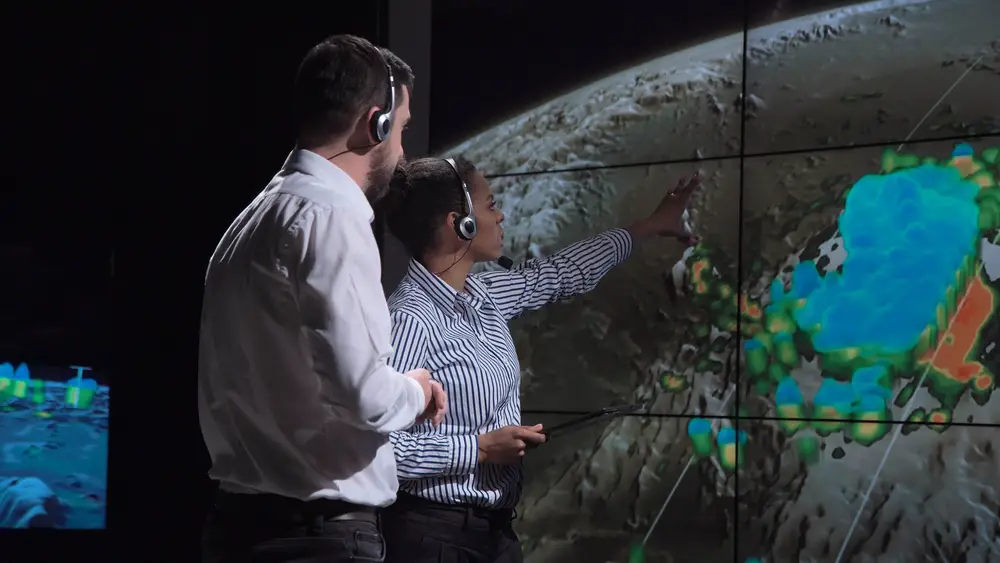
Tracking an asteroid isn’t as simple as pointing a telescope and taking a look. It involves complex calculations and predictions using data from multiple observatories around the world. Scientists take into account the asteroid’s speed, trajectory, and size to estimate its path and potential impact risk. This process often involves sophisticated computer simulations that can model an asteroid’s journey through the solar system.
Dr. Amy Mainzer, a leading scientist in asteroid tracking, explains in her TED Talk that our advancements in technology have made it possible to detect even the smallest objects in space. These technologies include infrared telescopes, which can see asteroids that are otherwise hidden by the glare of the sun. According to Mainzer, enhancing our observation capabilities is crucial for early-warning systems. This proactive approach means we’re not only better informed but also better prepared.
3. If It Hit, It Would Be Catastrophic
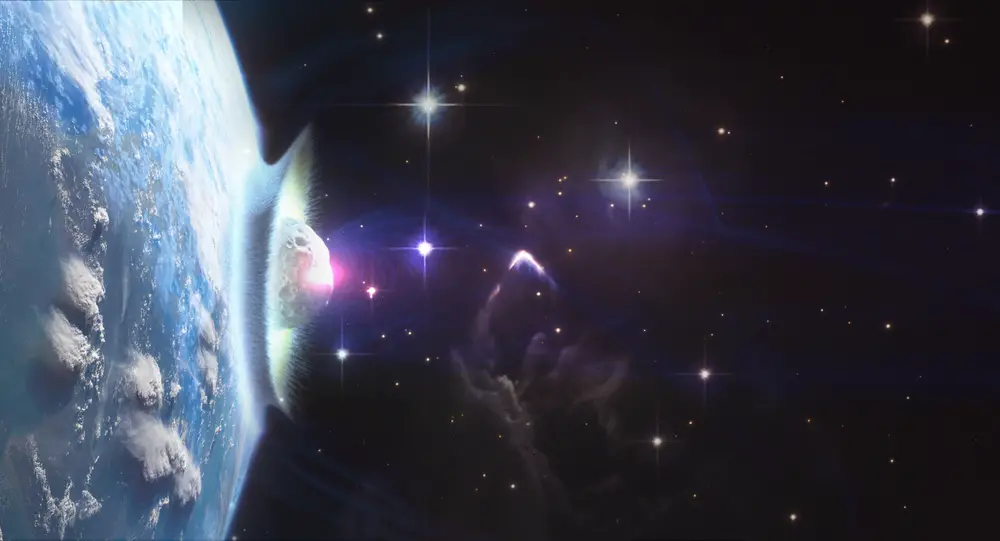
While the chances are slim, let’s entertain the hypothetical. If an asteroid of this size were to collide with Earth, the effects could be regionally catastrophic. The initial impact would create a massive explosion, equivalent to hundreds of nuclear bombs, causing widespread devastation. Depending on where it lands, it could trigger tsunamis, earthquakes, and climate changes by sending dust and debris into the atmosphere.
But before you start digging a bunker, remember that our atmosphere acts as a natural shield against smaller objects. The majority of asteroids burn up upon entering the Earth’s atmosphere, becoming harmless shooting stars. Larger ones that make it through are rare, and even if they do, they land in the ocean or uninhabited areas most of the time. Earth’s adaptability and vastness work in our favor more often than not.
4. Space Agencies Work to Divert These Threats
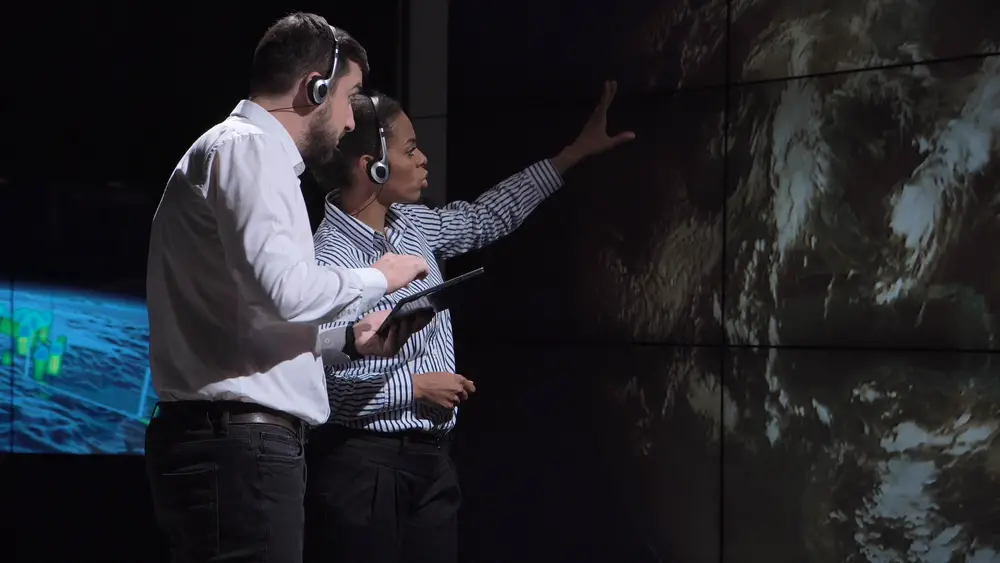
NASA and other space agencies around the globe are dedicated to keeping a watchful eye on the cosmos. Their mission isn’t just about predicting asteroid paths but also about developing strategies to divert or destroy potential threats. Projects like NASA’s DART (Double Asteroid Redirection Test) are already in the works to test whether we can alter an asteroid’s course by crashing a spacecraft into it.
The European Space Agency is also in the game with their Hera mission, which aims to observe the aftermath of DART’s impact. According to an ESA report, Hera will gather crucial data that could inform future asteroid deflection strategies. This collaborative effort highlights the importance of international cooperation in space exploration. It’s a reminder that when it comes to cosmic threats, teamwork extends beyond earthly boundaries.
5. Asteroids Fascinate Scientists Big Time
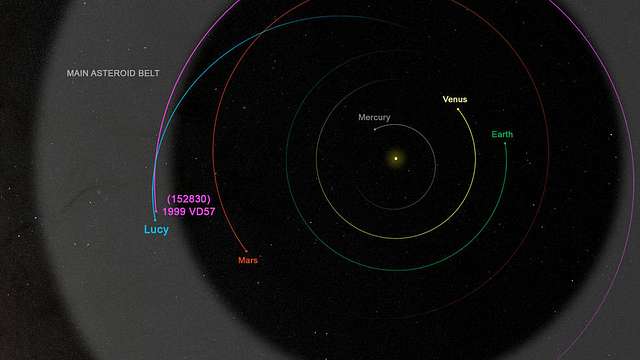
Asteroids are like time capsules from the early solar system. They hold clues about the building blocks that formed planets, making them invaluable to scientific research. By studying asteroids, scientists can unlock secrets about the formation of our solar system and the conditions that led to the emergence of life on Earth. They’re pieces of a cosmic puzzle that we’re only just beginning to solve.
These celestial bodies are composed of materials that have remained unchanged for billions of years. Unlike Earth, asteroids haven’t been subject to weathering and geological processes, preserving their original state. This makes them excellent subjects for studying the primordial elements present in our solar system. Missions like NASA’s OSIRIS-REx, which aims to bring back asteroid samples to Earth, are at the forefront of this fascinating research.
6. Raising Public Awareness Is Crucial

While scientists work diligently behind the scenes, public interest and awareness play a crucial role in funding and supporting asteroid research. Understanding the potential risks and benefits of asteroids can inspire people to support space exploration efforts. Engaging educational programs and media coverage help demystify these celestial phenomena, fostering a knowledgeable and proactive public.
Dr. Neil deGrasse Tyson, a renowned astrophysicist, often emphasizes in his lectures the importance of educating the public on space-related matters. According to Tyson, a well-informed public is more likely to advocate for scientific advancements and exploration budgets. This cultural shift can lead to greater scientific achievements and technological innovations. After all, when it comes to space, curiosity and knowledge are our best tools for discovery and safety.
7. Asteroids Are Really Important

You might wonder why a hunk of space rock matters to you. But asteroids are more than just celestial curiosities; they hold the potential to impact life on Earth significantly. From providing insights into the origins of our planet to offering resources that could drive future economies, asteroids are an integral part of our shared future.
Understanding asteroids also equips us to protect our planet. By studying their paths and compositions, we can develop strategies to mitigate potential threats. In a world where we’re increasingly aware of the fragility of our environment, knowing more about these cosmic neighbors is an essential part of safeguarding our home. So next time you hear about an asteroid, remember that it’s not just a distant speck in the sky but a bridge to understanding our past and preparing for our future.
8. Asteroid Mining Could Prove Lucrative Economically
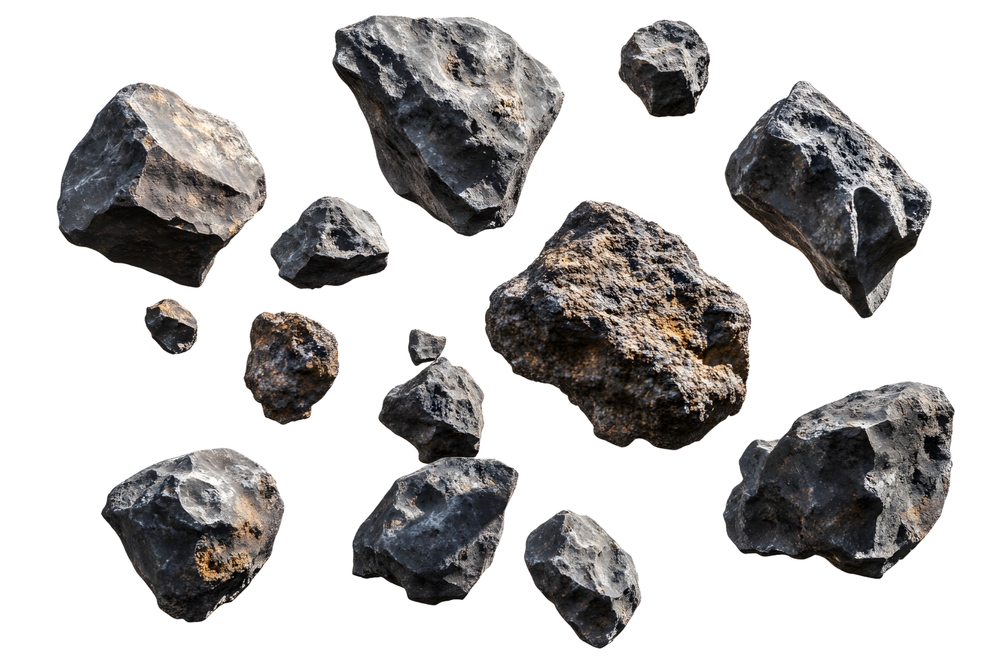
The idea of mining asteroids might sound outlandish, but it’s closer to reality than you might think. These space rocks are rich in valuable metals and minerals that are rare on Earth, such as platinum and gold. Some estimates suggest that a single asteroid could be worth trillions of dollars. This potential has sparked interest from private companies and governments alike, envisioning a future where asteroid mining becomes a cornerstone of the economy.
However, the logistical challenges of mining in space are significant. Extracting resources from an asteroid involves overcoming numerous technical and financial hurdles. Not to mention, the ethical and legal implications of who owns these resources are still being debated. Despite these barriers, the prospect of asteroid mining continues to tantalize scientists and entrepreneurs, hinting at a new frontier in space exploration and economic growth.
9. Asteroid Mining Could Also Save The Planet

While the economic potential of asteroid mining is significant, it’s essential not to overlook the environmental implications. Mining in space could reduce the need for harmful extraction practices on Earth, preserving ecosystems and reducing pollution. By tapping into extraterrestrial resources, we might alleviate some of the ecological pressures facing our planet.
Yet, like all human endeavors, space mining carries its own set of risks. The potential for accidental debris or unintended impacts on asteroids could have unforeseen effects. Balancing economic interests with environmental stewardship will be crucial as this industry develops. It’s a reminder that even as we reach for the stars, we must remain grounded in our responsibility to protect and preserve.
10. Asteroids Influence Art And Culture
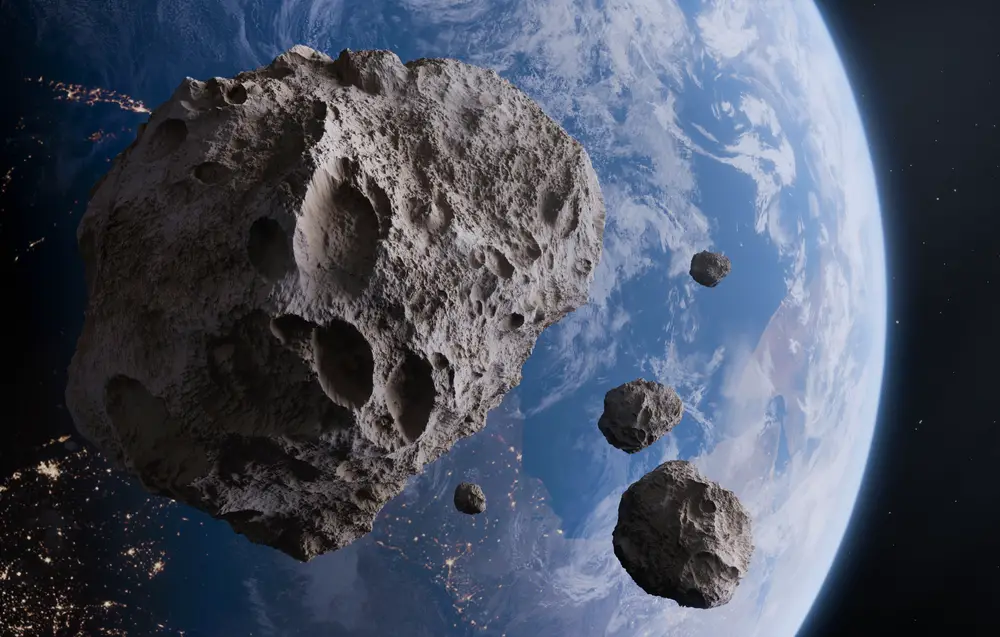
Asteroids have long captured the human imagination, appearing in myths, literature, and films. They symbolize a cosmic mystery, reminding us of our vulnerability and our curiosity. From ancient civilizations interpreting them as omens to modern-day movies depicting them as harbingers of doom, asteroids have a profound cultural significance.
This fascination isn’t just about fear; it’s also about inspiration. Many artists, writers, and filmmakers have used asteroids as a metaphor for change, transformation, and the unknown. They serve as a canvas upon which we project our hopes and anxieties, reflecting our relationship with the universe. By exploring these narratives, we can better understand our place in the cosmos and our desire to reach beyond it.
11. Asteroid Exploration Could Shape Our Future
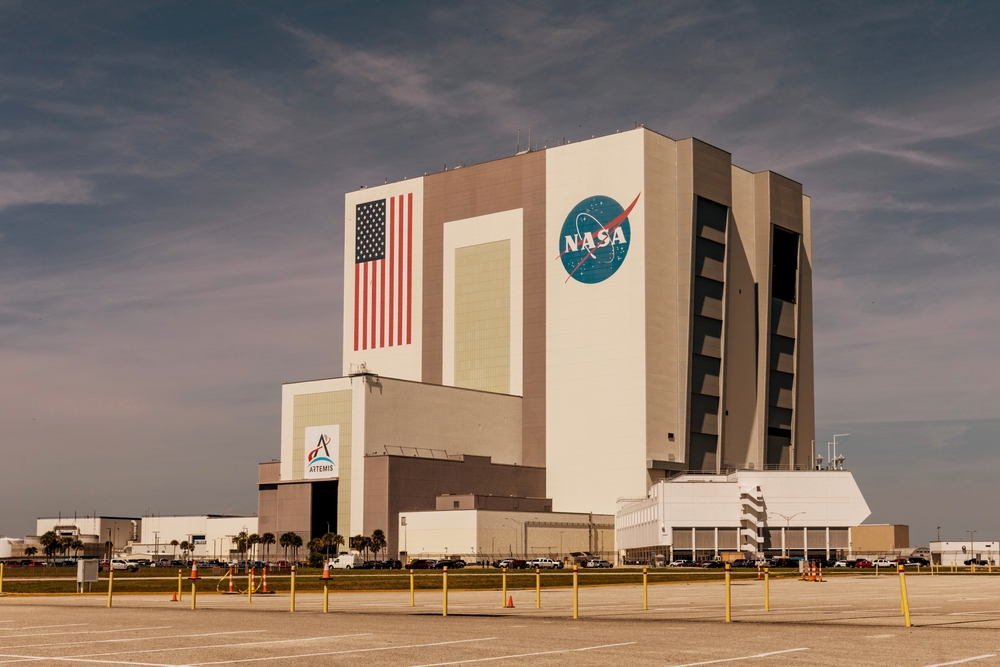
As technology advances, the possibilities for asteroid exploration expand. Future missions may include landing astronauts on asteroids, furthering our understanding of these celestial bodies. Such missions could pave the way for establishing space colonies, using asteroids as stepping stones in our quest to explore the solar system.
The potential for scientific discovery is vast, and with each mission, we learn more about our cosmic neighborhood. The challenges are significant, but so are the rewards. By continuing to push the boundaries of what’s possible, we keep the spirit of exploration alive. It’s a journey that promises to redefine our relationship with the universe and our place within it.
12. There’s No Need For Blind Panic

Asteroids have been whizzing past Earth for billions of years, and our planet has proven to be quite resilient. NASA reassures us that the odds of this particular asteroid hitting Earth are extremely low. With advanced tracking systems, scientists can now predict these flybys with significant accuracy, reducing the fear factor and increasing our understanding of the universe. So, while it’s intriguing to imagine an Armageddon scenario, the reality is thankfully much less dramatic.
The agency’s confidence stems from decades of research and monitoring. Their ability to track near-Earth objects has improved drastically with technology, allowing them to project paths and assess risks. This specific asteroid will pass by Earth at a distance of several million miles, which is close in astronomical terms but far enough to keep us safe. We’re talking about space distances here, where a million miles is like a stone’s throw.
